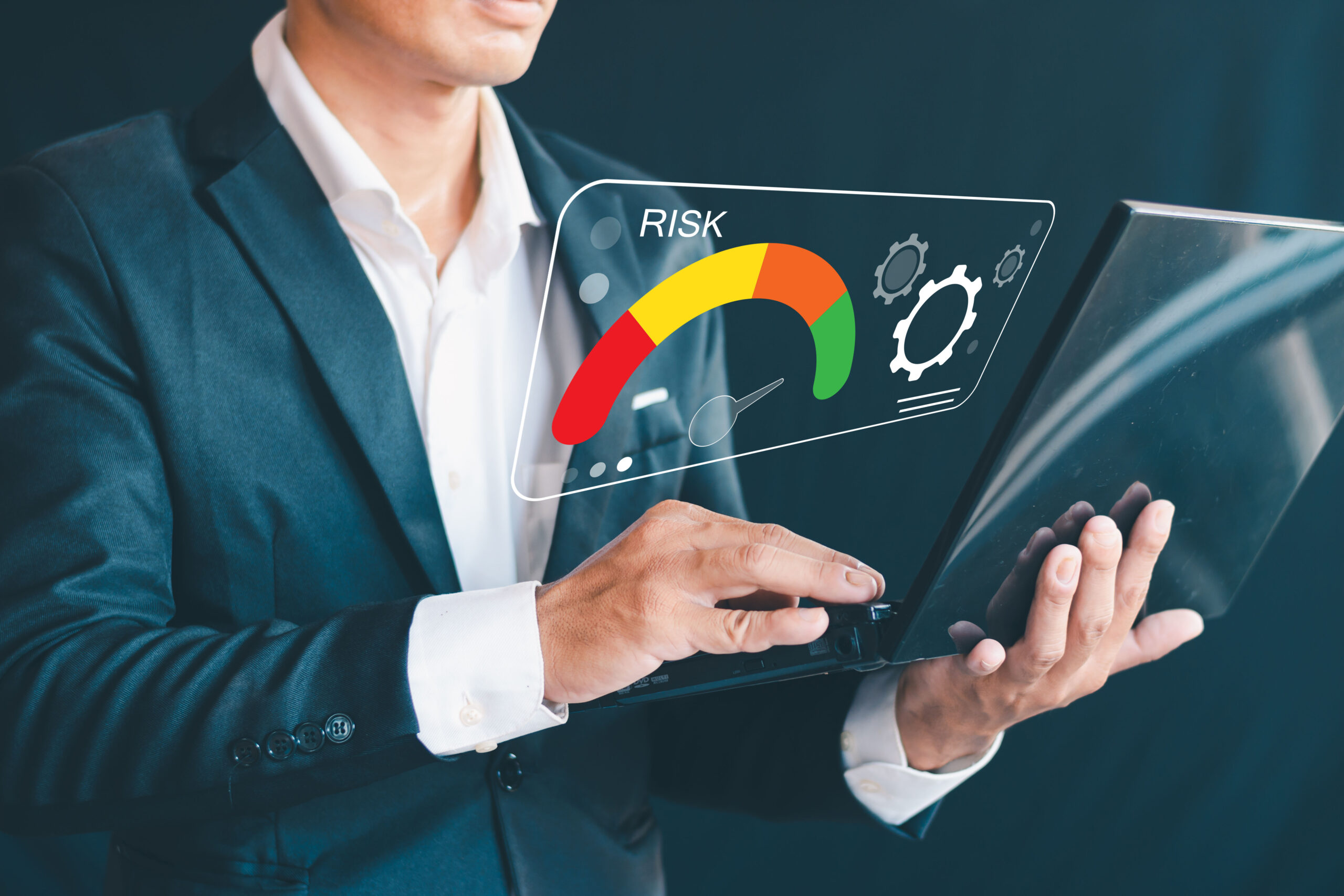To effectively conduct HIPAA Risk Assessments and maintain compliance, organizations should follow these best practices:
- Conduct a Comprehensive Risk Analysis
– Identify all locations where electronic Protected Health Information (ePHI) is created, stored, transmitted, or accessed.
– Assess potential threats (e.g., cyberattacks, human errors, unauthorized access, paper records, network attack, etc.).
– Evaluate existing security measures to determine their effectiveness.
- Perform Regular Assessments
– HIPAA requires ongoing assessments—not just a one-time review.
– Conduct a risk analysis annually and reassess whenever significant changes occur (e.g., new technology, updated policies).
- Document Everything
– Maintain detailed records of risk analysis findings, security policies, and corrective actions taken.
– Documentation is critical in case of an audit or compliance investigation.
- Address Vulnerabilities Proactively
– Implement security controls such as encryption, access controls, and multi-factor authentication to reduce risks.
– Apply patches and updates promptly to protect systems from vulnerabilities.
- Train Employees on HIPAA Compliance
– Educate staff on data privacy, security best practices, and how to prevent breaches.
– Conduct regular HIPAA training to ensure awareness of evolving risks.
- Establish Incident Response & Contingency Plans
– Develop procedures to handle security incidents and data breaches efficiently.
– Maintain backup systems and disaster recovery plans to prevent data loss.
- Conduct Third-Party Vendor Risk Assessments
– Evaluate business associates and vendors to ensure they comply with HIPAA regulations.
– Ensure contracts include HIPAA-compliant security measures.
- Monitor & Audit Systems Continuously
– Implement real-time security monitoring and perform periodic audits.
– Use automated tools to detect unusual activity and prevent unauthorized access.
By following these practices, and leveraging our Compliance Management Platform organizations can minimize risks, ensure HIPAA compliance, and protect patient data effectively. Contact us today!
The HIPAA Security Risk Assessment process varies depending on several factors, including the size of the organization, complexity of systems, and existing security measures. However, here is a general breakdown:
Time Estimates Based on Organization Size
- Small organizations (e.g., clinics, private practices):
– Typically: 2 to 4 weeks
– Faster if using automated tools
– Less complexity, fewer systems to evaluate
- Mid-sized healthcare providers (e.g., hospitals, specialty centers):
– 4 to 8 weeks
– Requires extensive system reviews and staff interviews
– May include external consultants like ITS Alliances
- Large health systems & business associates (e.g., hospital networks, insurance companies)
– 3 to 6 months (or longer)
– Comprehensive analysis, multiple locations, detailed security layers
– Continuous monitoring required
Factors Affecting Duration
- Scope of Assessment – More data, systems, and locations = longer process.
- Regulatory Requirements – Some industries require deeper evaluations.
- Existing Security Measures – Stronger cybersecurity frameworks can shorten assessment time.
- Availability of Documentation & Personnel – Access to logs, policies, and staff speeds up analysis.
- Use of Automated Tools – AI-driven assessments can reduce manual effort.
While a full assessment can take weeks or months, organizations should continuously monitor and update their risk assessments to stay compliant.
Once a HIPAA Security Risk Assessment is completed, organizations move into the remediation and compliance improvement phase to address identified risks. Here is what typically happens next:
- Review Findings & Prioritize Risks
– Analyze the assessment report to understand vulnerabilities.
– Rank risks based on severity and likelihood.
– Focus first on critical security gaps that could lead to HIPAA violations.
- Develop a Remediation Plan
– Create a strategy to mitigate identified risks.
– Implement technical safeguards (e.g., encryption, access controls).
– Strengthen administrative policies, including staff training.
- Implement Security Enhancements
– Deploy solutions to reduce vulnerabilities.
– Update software and configure security systems.
– Conduct employee training on data protection and privacy.
- Monitor & Maintain Compliance
– Perform ongoing security assessments.
– Conduct regular audits to ensure continued HIPAA compliance.
– Keep documentation updated for potential audits or investigations.
- Report Compliance Efforts
– Prepare compliance reports for auditors or leadership.
– Maintain documentation of security controls, corrective actions, and policies.
– Ensure all business associates are also following HIPAA guidelines.
- Continuous Improvement
– Adapt to new cybersecurity threats and regulations.
– Update security policies based on evolving best practices.
– Ensure proactive risk management to prevent future violations.
HIPAA compliance is an ongoing effort—organizations must regularly review and strengthen security measures to protect electronic protected health information (ePHI).
The U.S. Department of Health and Human Services recommends conducting a HIPAA Security Risk Assessment annually or whenever significant changes occur, such as new technology adoption or regulatory updates. ITS Alliances tailors’ assessments to your organization’s needs, offering ongoing support to maintain compliance and protect patient data year-round.





